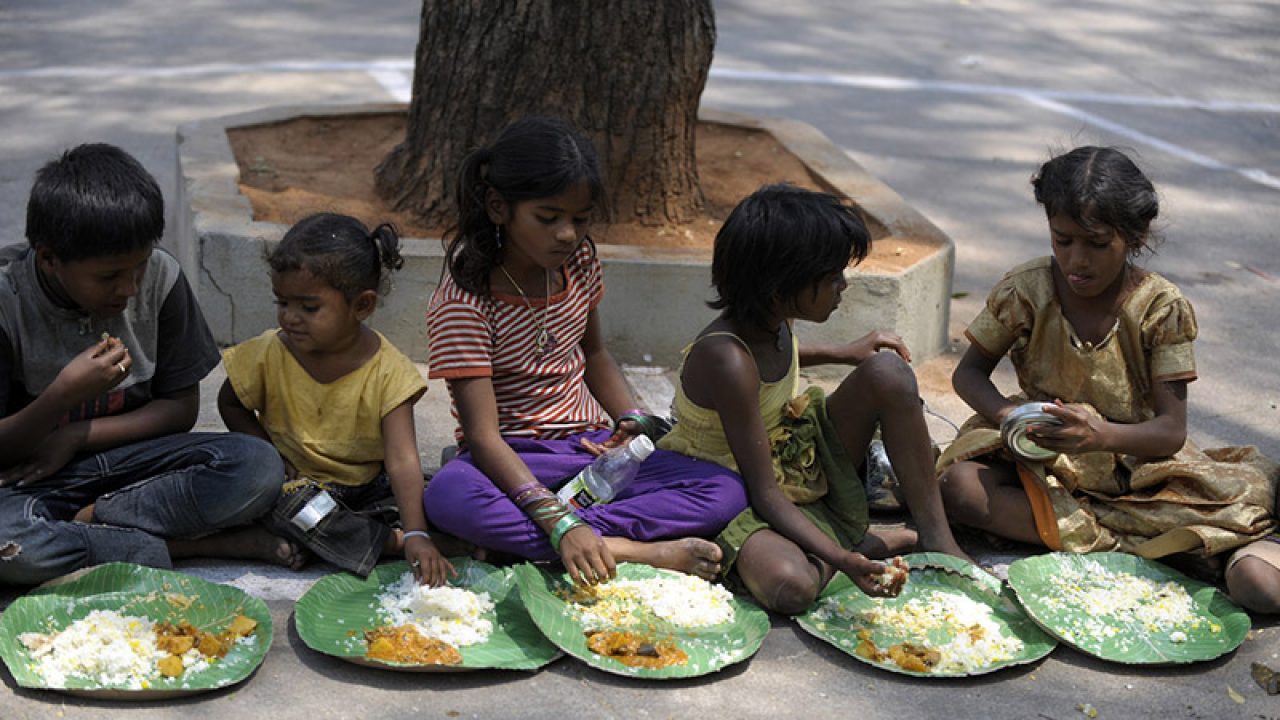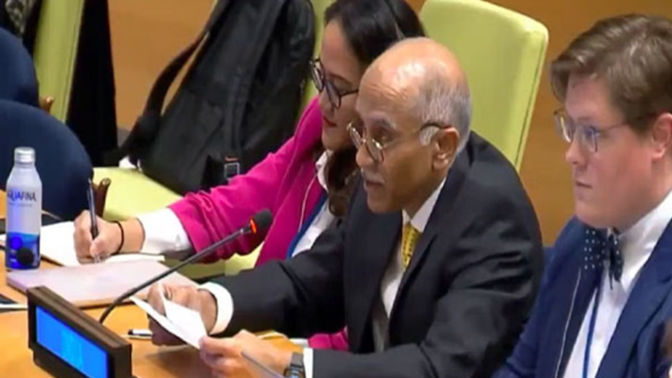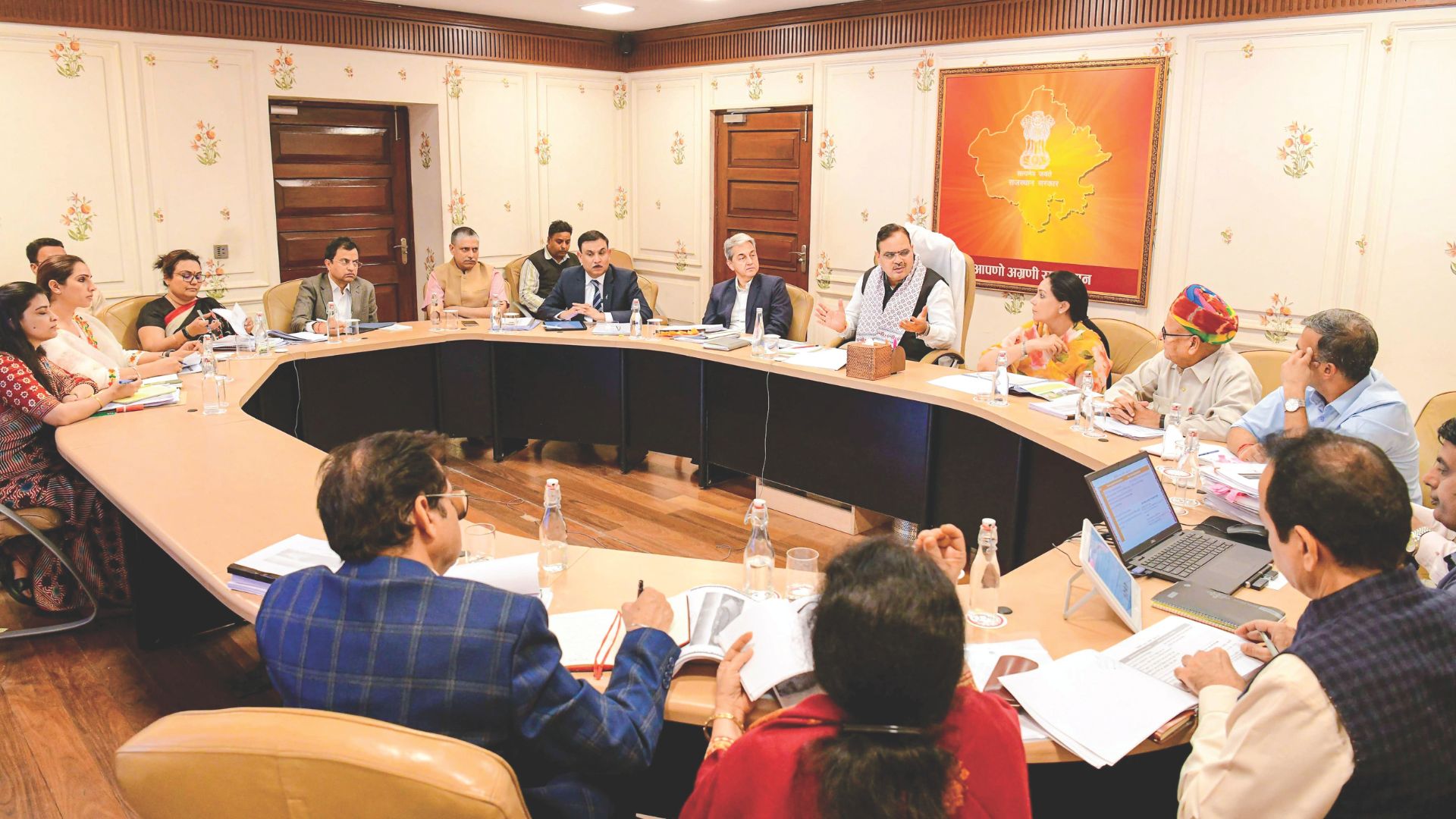
The recent Global Hunger Report 2022 released by Concern Worldwide and Welt Hunger Hilfe was something like a badly directed horror film that ended up being a rib tickler—highly amusing and at times annoying.
Soon after the report was made public, the Government of India highlighted its flaws. “The index used is an erroneous measure of hunger and suffers from serious methodological issues. Three out of the four indicators used for calculation of the index are related to health of children and cannot be representative of the entire population. The fourth and most important indicator estimate of Proportion of Undernourished (PoU) population is based on an opinion poll conducted on a very small sample size of 3000.”
India’s outburst is justified. Let’s see what “The global multi dimensional poverty index (MPI)” released by the UNDP and the Oxford Poverty and human development initiative (OPHI ) report, released just a few days ago, says. It says that 140 million Indians were pulled out of poverty since 2015! It’s common knowledge that hunger and poverty are intractably linked. So can hunger increase when poverty decreases? The UNDP said: “There have been visible investments in boosting access to sanitation, cooking fuel, and electricity. Indicators that have seen large improvements. A policy emphasis on universal coverage—for example in education, employment and housing—contributed to these results”.
It’s also true that when health improves, poverty decreases. In a not so recent World Bank’s working paper titled “Poverty in India has declined over the last decade but not as much as previously thought”, points out that 10% of people in the country were poor in 2019, down from 22.5% in 2011. The Hunger report remained quite blind to positive developments in India and went about its lopsided assessment using not so relevant parameters. Looks like the duo, Concern Worldwide and Welt Hunger Hilfe have failed to do due diligence too. Let’s see what they overlooked. First of all, a status report tracking India’s progress across the 17 SDGs by NITI Aayog, the institution overseeing implementation of SDGs in the country has not been considered. ‘The State of Food Security and Nutrition in the World 2020.
Transforming food systems for affordable healthy diets’ A flagship publication that tracks the status and progress of UN Member Nations efforts under SDG 2 has MAPS of India with much lower incidence of malnourishment and wasting that were obviously ignored by the dubious report. It’s also quite shocking why the hunger report has not factored in the findings of the WFP Trust for India–an organization incubated by United Nations World Food Program (WFP) that is a repository of field, project and status reports on food security in India. Were the authors of the hunger report equally blind to World Health Organisation (WHO)–India that maintains a India country page for public health statistics, including the current and post Covid-19 status in the country? And finally what about the National Family Health Survey (NFHS)?
The authors of future reports on hunger must know that measuring “hunger” is a multi-dimensional exercise. Just applying a cause and effect logic will not yield results.
Measuring hunger in contemporary India is quite complex and any study instituted for the same should factor in various variables, especially considering India’s unique anthropogenic, genetic, economic profile and historical legacy. In recent times, trends in India have challenged our understanding of the basic facts of household economics. With rapid economic growth, the average Indian household has become richer over time. However, calorie consumption has been declining over recent decades (Deaton and Dr_eze, 2009). From 1987-8 to 2004-5, the average daily per capita calorie consumption decreased by about 130 calories, or 6%, and calories from cereals too fell by about 200 calories, or about 14%.
What factors explain India’s decline in calorie consumption amidst economic growth? Calorie consumption has fallen in part because of improvements in India’s disease environment–improved health obviously lowers energy intake needs. Indian districts that experienced larger declines in infant mortality from the mid-1980s to mid-2000s also saw larger decreases in average per capita calorie consumption.
With several initiatives like POSHAN Abhyan, SWACHH Bharat, AYUSHMAN Bharat, FIT India, tap water to every household and improvement and access to basic healthcare coupled with provision of affordable homes to the poor reduced the disease burden. Reductions in burden of disease have allowed Indians to retain, absorb and use more of the food that they eat. Hence they consumes less calories.
Another nutritional puzzle in India concerns anthropometric outcomes. People in India are exceptionally short in international comparisons, especially given their relatively high average incomes among developing countries (Deaton, 2007). It is particularly puzzling that people in India are shorter, on average, than people in sub-Saharan Africa who are poorer, on average; this fact sometimes called the “Asian Enigma” (Ramalingaswami et al., 1996) may also is responsible for low calorie requirement.
Another new age phenomenon we notice is “Voluntary Hunger”. The relatively rich households have reduced dietary energy intake during the past 18 years. It is interesting to note that even at the higher economic level, where there is no economic constraint to consume food, we notice less calorie consumption. It has been termed as “voluntary hunger” in the literature (Chand and Jumrani, 2013). The factors such as increasing health consciousness, and changing food habits like intermittent fasting, practicing yoga might be leading to a declining calorie-intake by richer households.
Consider the question posed by the Hunger report to its small sample of Indians. “During the last 12 months, was there a time when, because of lack of money or other resources: You were worried you would not have enough food to eat? You ate less than you thought you should? Vague questions give vague results that can be hardly called conclusive. Measuring hunger is a complex exercise. Authors of the Global Hunger report sadly, were quite blind to this reality.















